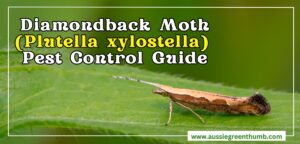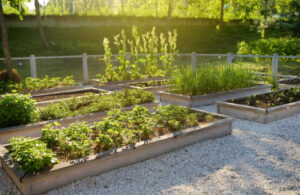Growing tomatoes is one of the most rewarding parts of gardening, few things compare to picking sun-ripened fruit, packed with flavour and nutrients, straight from the vine. But tomatoes are also one of the most pest-prone crops, and insects like aphids, whiteflies, and hornworms can quickly damage leaves, flowers, and fruit, often before you realise they’re there.
The good news? There are natural ways to get rid of tomato pests that don’t involve harsh chemicals. With a bit of knowledge and the right biological pest control for tomatoes, you can protect your plants and boost their resilience while supporting pollinators, soil health, and your garden’s long-term balance.
In this guide, you’ll learn how to prevent tomato pests using effective, nature-based methods. We’ll help you identify common pests, understand what they’re doing to your plants, and show you how to work with natural predators and biological tools to stop damage before it starts.
For deeper technical guidance and product options, you can also consult the CABI BioProtection Portal, which aggregates trusted biological solutions by crop and pest.
Why Use Biological Pest Control for Tomatoes?
Biological plant protection focuses on working with nature rather than against it. Instead of using synthetic pesticides, which can harm beneficial insects and pollute the environment, biological methods aim to create a balanced ecosystem in your garden.
Benefits include:
- Safety for people, pets, and pollinators: Biological controls are generally targeted and low-toxicity.
- Protection of beneficial species: Broad-spectrum chemicals often kill predators and pollinators; biological methods, on the other hand, preserve them.
- Soil and ecosystem health: Natural approaches safeguard soil microbes and biodiversity.
- Lower resistance risk: Pests can evolve resistance to single-mode chemicals; diversified biological tactics reduce this risk.
- Regulatory and residue advantages: Many biologicals have minimal pre-harvest intervals and low residue concerns.
Common tomato pests and how to identify them
Understanding which pests are most likely to attack your tomato plants is the first step in protecting them. Early detection enables quicker, cheaper, and more effective interventions.
1. Aphids: the sap-suckers
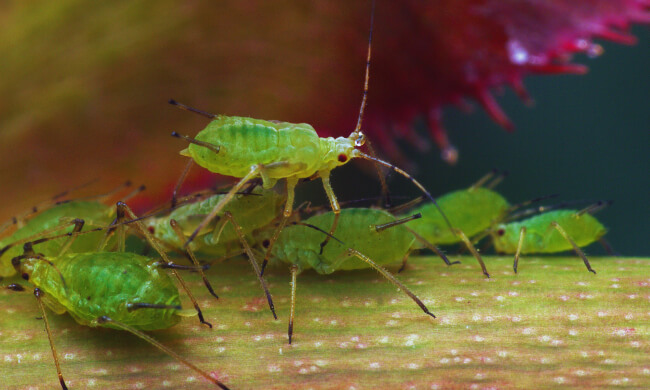
>> Aphids are tiny, soft-bodied insects that feed on plant sap, weakening your tomatoes and potentially spreading viruses. They often cluster on new growth, the undersides of leaves, or flower stems.
Signs of infestation:
> Sticky honeydew on leaves or fruit
> Curled, distorted leaves and stunted shoots
> Trails of ants farming aphids for honeydew
Biological control tips:
> Encourage predators such as ladybirds (both adults and larvae), lacewings, and hoverflies by planting nectar-rich flowers (alyssum, dill, yarrow).
> Dislodge colonies with a firm water spray or apply a mild potassium soap solution.


Get Your Free Guide:
Master Growing Australian Natives eBook
A Must Have Complete Guide for Every Australian Garden
Get Your Free Guide:
Master Growing Australian Natives eBook
A Must Have Complete Guide for Every Australian Garden
> Interplant with nasturtiums to act as a sacrificial crop and marigolds to attract natural enemies.
2. Whiteflies: the stealthy sapsuckers
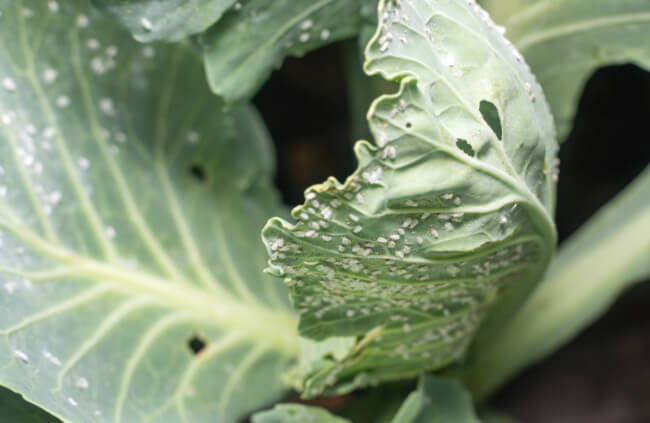
Whiteflies are small, moth-like insects that gather on the undersides of leaves. They weaken tomato plants by feeding on sap and excreting honeydew, which can lead to sooty mould.
Signs of infestation:
> Tiny white insects fluttering up when plants are disturbed
> Yellowing leaves and reduced vigour
> Black sooty mould on leaf surfaces
Biological control tips:
> Introduce parasitic wasps such as Encarsia formosa, which lay eggs in whitefly nymphs.
> Hang yellow sticky cards as an early-warning trap and population reducer.
> Avoid excessive nitrogen fertiliser; soft, lush growth attracts whiteflies.
3. Tomato hornworms (and other large caterpillars)
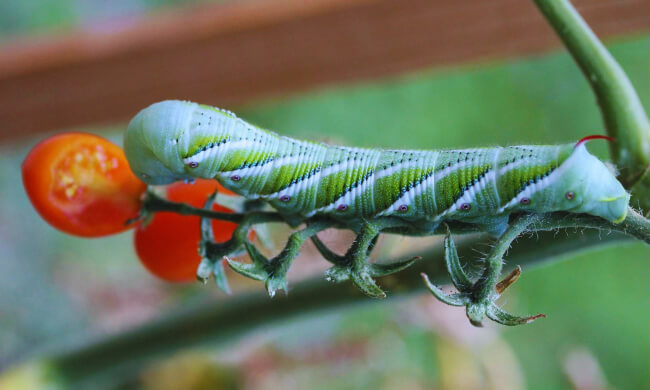
Hornworms are large, green caterpillars capable of stripping foliage rapidly. Though dramatic, they’re manageable with timely action.
Signs of infestation:
> Large, irregular holes in leaves and green fruit
> Pepper-like droppings on leaves or soil
> Rapid defoliation of top growth
Biological control tips:
> Hand-pick and relocate caterpillars (check at dusk and dawn).
> Encourage braconid wasps; if you see white “rice grain” cocoons on a hornworm’s back, leave it. The wasps will control the population.
> Companion plant with dill, basil, or marigolds to help deter egg-laying moths.
4. Spider mites: the heat-loving nibblers

Spider mites are tiny arachnids that thrive in hot, dry conditions, puncturing leaf cells and causing stippling damage.
Signs of infestation:
> Fine webbing on the undersides of leaves and between petioles
> Yellow speckling (stippling) that progresses to bronzing
> Leaves becoming dry, brittle, and dropping prematurely
Biological control tips:
> Raise humidity by misting and mulching; keep plants evenly watered.
> Release predatory mites such as Phytoseiulus persimilis for hot-spot suppression.
> Apply neem oil or a plant-safe horticultural oil, targeting the undersides of leaves.
5. Slugs and snails: the nocturnal grazers
Not insects, but no less destructive, slugs and snails relish young tomato seedlings and ripening fruit near the soil line.
Signs of infestation:
> Irregular holes with smooth edges in leaves and fruit
> Silvered slime trails on soil, pots, and foliage
> Seedlings disappearing overnight
Biological control tips:
Use beer traps or iron phosphate baits approved for organic gardening.
Ring beds or pots with copper tape; keep mulch tidy to reduce hiding places.
Encourage natural predators such as hedgehogs, birds, and frogs by providing water and shelter.
Build resilience: Cultural Practices that Prevent Outbreaks
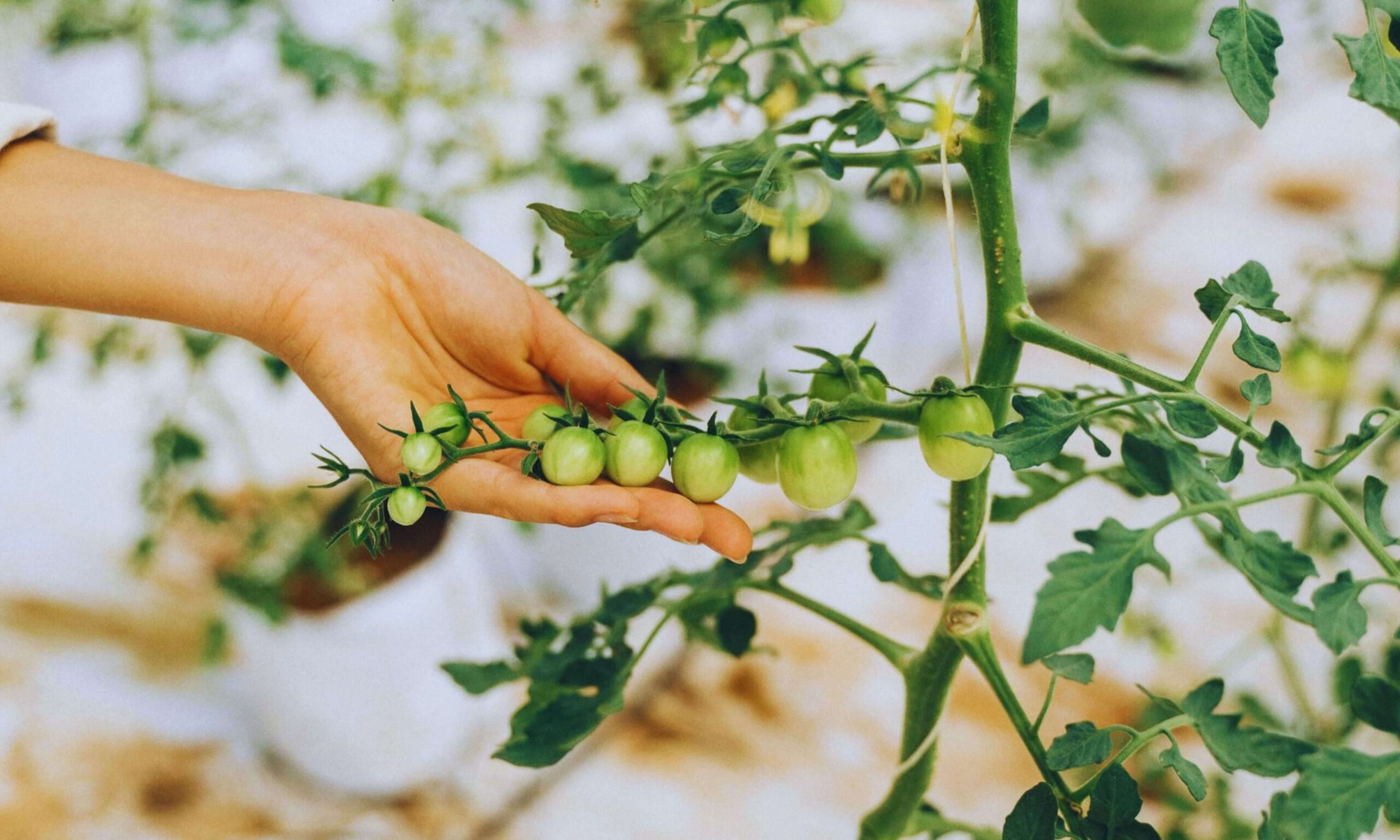
Prevention is the cornerstone of biological protection. Good cultural practice limits pest build-up and supports beneficial species.
- Crop rotation: Avoid planting tomatoes in the same bed year after year; rotate with non-solanaceous crops to break pest and disease cycles.
- Soil health first: Incorporate compost and well-rotted organic matter to boost microbial diversity and root strength. Healthy plants tolerate minor pest pressure better.
- Companion planting: Basil, garlic, chives, calendula, and marigolds help deter pests and attract beneficials.
- Right spacing and airflow: Overcrowding creates humid microclimates loved by mites, whiteflies, and fungal issues.
- Mulch wisely: Organic mulches stabilise moisture and reduce stress (less attractive to pests), while keeping fruit off the soil.
- Vigilant scouting: Inspect weekly, check new growth and leaf undersides, and intervene early when populations are small.
- Cleanliness: Remove lower leaves that touch soil, clear crop debris, and disinfect stakes between seasons.
Biological Products and Home-made Aids
Even in a well-managed plot, you may need targeted treatments. Prioritise options that spare beneficial insects and integrate easily into your routine.
Neem and horticultural oils: Disrupt feeding and egg-laying of soft-bodied pests; apply in the cool of the day to reduce leaf scorch.
Potassium soap sprays: Effective against aphids and whiteflies; ensure thorough coverage.
Bacillus thuringiensis (Bt): A selective biological for caterpillars; apply when larvae are small for best results.
Entomopathogenic fungi (e.g., Beauveria bassiana): Infects a range of pests; check the label for tomato compatibility and use conditions.
Garlic-chilli infusions: Useful as gentle deterrents; reapply after rain.
For a curated list of registered biological products by crop and region, the CABI BioProtection Portal is an excellent, free starting point when researching solutions for tomato pests.
Encourage Biodiversity for Lasting Control
A diverse garden is a resilient garden. The more niches you provide, the more allies you’ll have.
Flower strips: Staggered bloomers such as phacelia, coriander, buckwheat, and cosmos provide nectar and pollen throughout the season, sustaining hoverflies, parasitic wasps, and lacewings.
Habitats: Small ponds, log piles, and insect hotels invite amphibians, beetles, and solitary wasps. These predators quietly keep pest populations below damaging thresholds.
Avoid broad-spectrum sprays: Even “natural” products can harm beneficials if misused. Always spot-treat and follow labels.
Light at night: Minimise outdoor lighting to avoid disorienting pollinators and predators.
Troubleshooting: When Pressure is High
If you’re facing persistent outbreaks, take a step back and evaluate the system:
Check nutrition: Too much nitrogen drives lush, pest-prone growth; aim for balanced feeding with slow-release organic fertilisers.
Water management: Irregular watering stresses plants, increasing vulnerability to mites and whiteflies. Maintain steady soil moisture.
Varietal choice: Some tomato varieties show better tolerance to pest damage; trial a few and keep notes.
Stagger plantings: Early and late plantings spread risk and interrupt pest life cycles.
Quarantine new plants: Keep newcomers separate for a week to detect hitch-hiking pests before introducing them to your main bed.
Key Takeaways on How to Prevent Tomato Pests Naturally
Prevent tomato pests by starting with healthy soil, proper spacing, and regular plant checks. Use targeted biological pest control for tomatoes like natural predators and beneficial microbes before considering sprays. Encouraging garden biodiversity helps keep pests in balance naturally. With the right approach, you can protect your tomatoes without chemicals and enjoy a healthier, more resilient harvest.
Work with nature, harvest with confidence
Published on October 19, 2025 by Maisie Blevins
Last Updated on October 20, 2025



